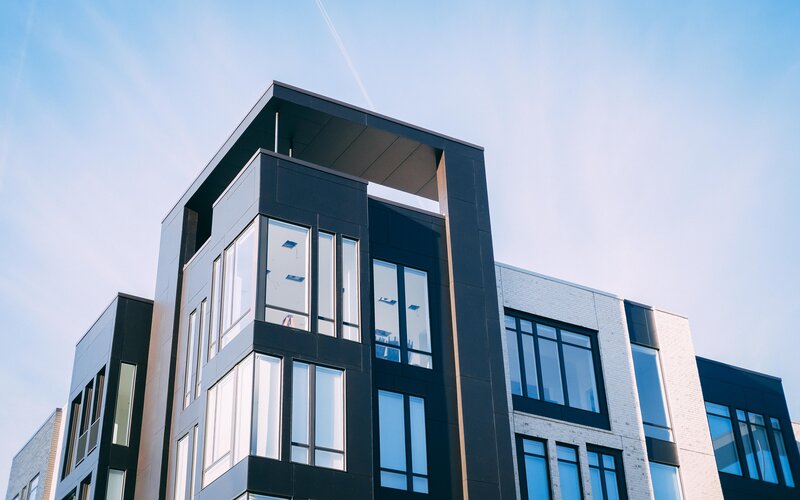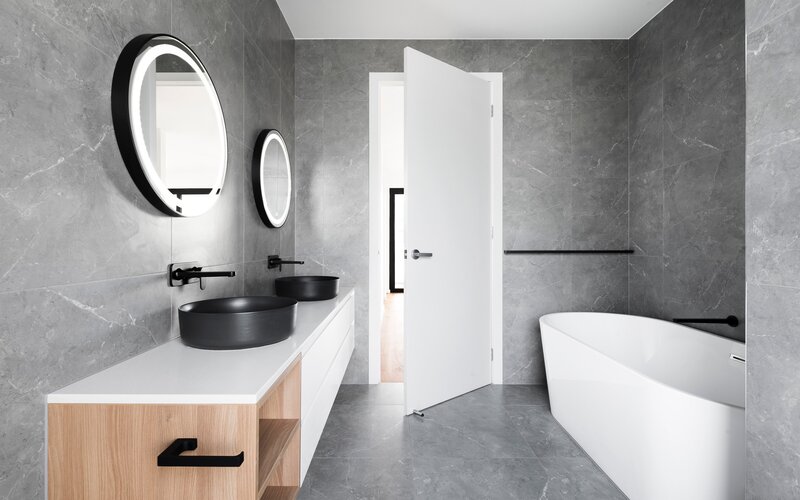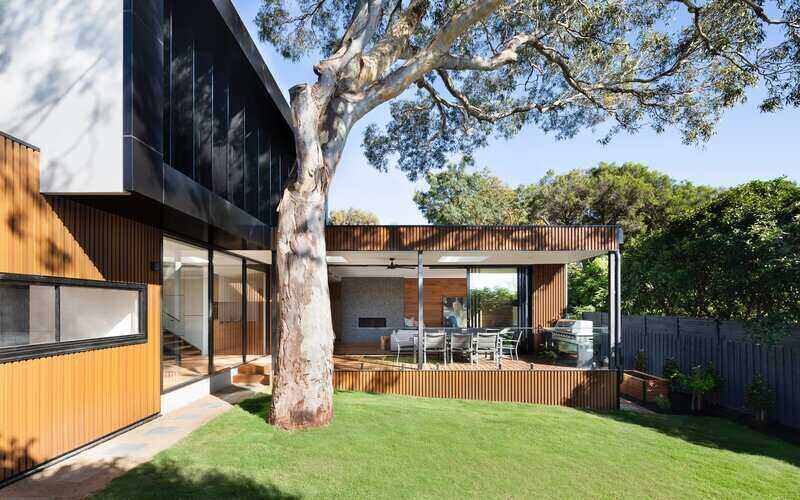
Building work done is now 1.1% lower than it was this time last year, falling 1.3% in the March quarter to a value of $30.11 billion
Total construction work fell to $53.66 billion this quarter as engineering work done also fell 0.4% to $23.51 billion.
According to the latest report from the Housing Industry of Australia (HIA), home building is at capacity until at least June 2023 with 75.7% more detached homes under construction at the end of 2021 than pre-COVID.
There are also currently more homes approved for construction than in any previous cycle.
However construction work for new houses was down 3.5% this quarter on the previous quarter according to HIA Economist Tom Devitt.
"Activity early in the year was held back by the staff absences associated with the COVID-19 Omicron outbreak and the extended leave many Australians took over the summer holiday period," Mr Devitt said.
"There is still an enormous pipeline of work to complete across all regions."
HIA Chief Economist Tim Reardon said rising interest rates can cause building commencements to slow within six months, but the lag will be significantly longer this cycle.
"With this elevated volume of homes in the pipeline, the number of homes under construction will remain at this high level until at least June 2023," Mr Reardon said.
"This will delay the adverse impact of rising rates on the industry, and therefore the wider economy."
Mr Reardon said that the strong ongoing demand is happening in line with significant constraints on materials, land and labour, which is leading to rapid increases in the cost of construction.
"The boom in demand for new homes can be observed across many developed economies as households seek additional space, given all the extra time they have spent at home," he said.
"Consequently, global demands have seen prices for some key building materials rise significantly."
The government pushed for new builds during the pandemic by introducing government stimulus including HomeBuilder, which ended in April 2021.
What's next for the construction industry?
Mr Reardon said an acute rental shortage has seen strengthening demand for apartments.
"A further deterioration in affordability will see demand switch in favour of multi-units and there are early signs that migration is returning," he said.
"These factors will drive additional demand for multi-units and more than offset the adverse impact of rising interest rates on this sector of the housing market."
In the wake of Labor winning the recent federal election, new housing schemes might soon impact the housing market including the proposed shared equity scheme Help to Buy, Regional Housing Scheme, and Housing Australia Future Fund.
However there were no proposed schemes specifically geared at new builds.
"With detached home building remaining at capacity until at least June 2023 and the volume of multi-unit commencements increasing, the shortage of building materials and labour will continue to be the main pinch point for the industry," Mr Reardon said.
Mr Devitt also mentioned that the return of overseas migrants, students and tourists should shift demand back towards higher density living.
Also read: Construction industry falters despite massive pandemic cash splash
Advertisement
Building a home? This table below features construction loans with some of the lowest interest rates on the market.
| Lender | Home Loan | Interest Rate | Comparison Rate* | Monthly Repayment | Repayment type | Rate Type | Offset | Redraw | Ongoing Fees | Upfront Fees | Max LVR | Lump Sum Repayment | Additional Repayments | Split Loan Option | Tags | Row Tags | Features | Link | Compare | Promoted Product | Disclosure |
|---|---|---|---|---|---|---|---|---|---|---|---|---|---|---|---|---|---|---|---|---|---|
6.18% p.a. | 6.44% p.a. | $2,575 | Interest-only | Variable | $0 | $530 | 90% |
| Promoted | Disclosure | |||||||||||
5.94% p.a. | 5.96% p.a. | $2,978 | Principal & Interest | Variable | $0 | $350 | 80% | Disclosure | |||||||||||||
6.19% p.a. | 6.25% p.a. | $2,579 | Interest-only | Variable | $0 | $835 | 90% | ||||||||||||||
6.39% p.a. | 6.78% p.a. | $2,663 | Interest-only | Variable | $null | $721 | 90% | ||||||||||||||
6.53% p.a. | 6.56% p.a. | $2,721 | Interest-only | Variable | $0 | $450 | 80% | ||||||||||||||
6.69% p.a. | 6.66% p.a. | $2,788 | Interest-only | Variable | $0 | $530 | 90% | ||||||||||||||
6.99% p.a. | 7.76% p.a. | $2,913 | Interest-only | Variable | $20 | $644 | 90% | ||||||||||||||
8.14% p.a. | 8.47% p.a. | $3,718 | Principal & Interest | Variable | $0 | $0 | 75% | ||||||||||||||
8.45% p.a. | 7.53% p.a. | $3,521 | Interest-only | Variable | $0 | $1,212 | 90% | ||||||||||||||
8.43% p.a. | 8.50% p.a. | $3,820 | Principal & Interest | Variable | $0 | $900 | 80% | ||||||||||||||
6.19% p.a. | 6.61% p.a. | $3,059 | Principal & Interest | Variable | $395 | $null | 95% | ||||||||||||||
5.43% p.a. | 6.02% p.a. | $2,817 | Principal & Interest | Variable | $350 | $0 | 90% |
Image by Ben Allan on Unsplash

Ready, Set, Buy!
Learn everything you need to know about buying property – from choosing the right property and home loan, to the purchasing process, tips to save money and more!
With bonus Q&A sheet and Crossword!













 Harry O'Sullivan
Harry O'Sullivan

 Denise Raward
Denise Raward
 Jacob Cocciolone
Jacob Cocciolone


